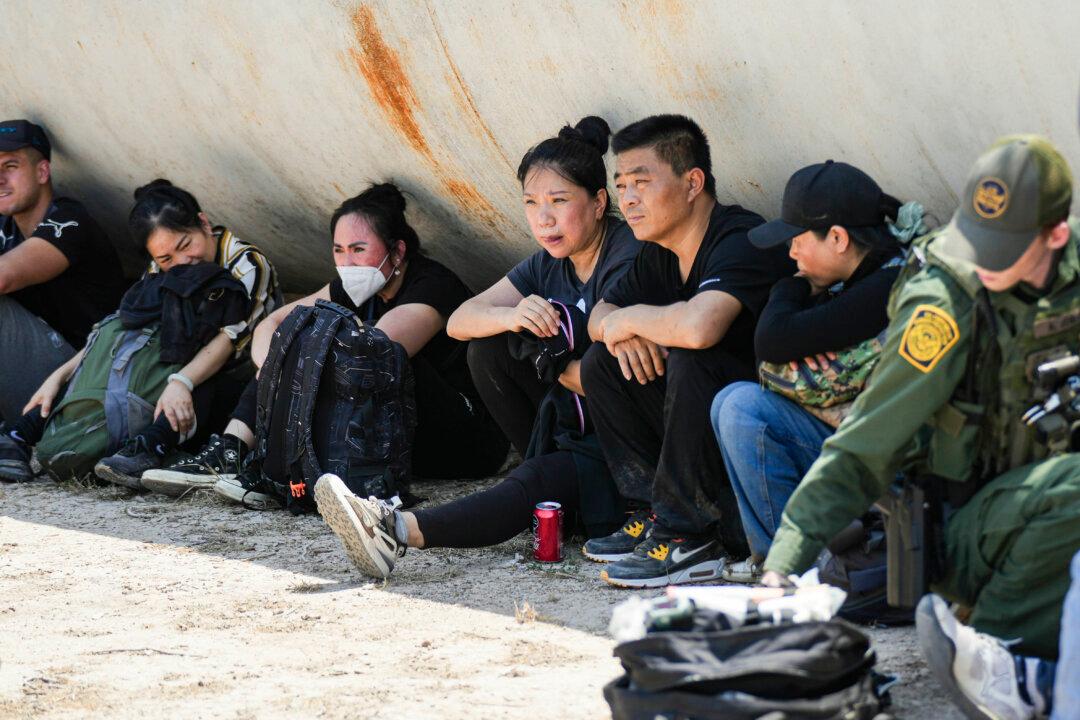As part of its systematic deportation of illegal residents, the Department of Homeland Security (DHS) last week flew a large number of Chinese people back to China on a charter flight.
The DHS stated in a release on Jan. 10 that it had coordinated a large-frame charter removal flight of Chinese nationals with final orders of removal from the United States.





